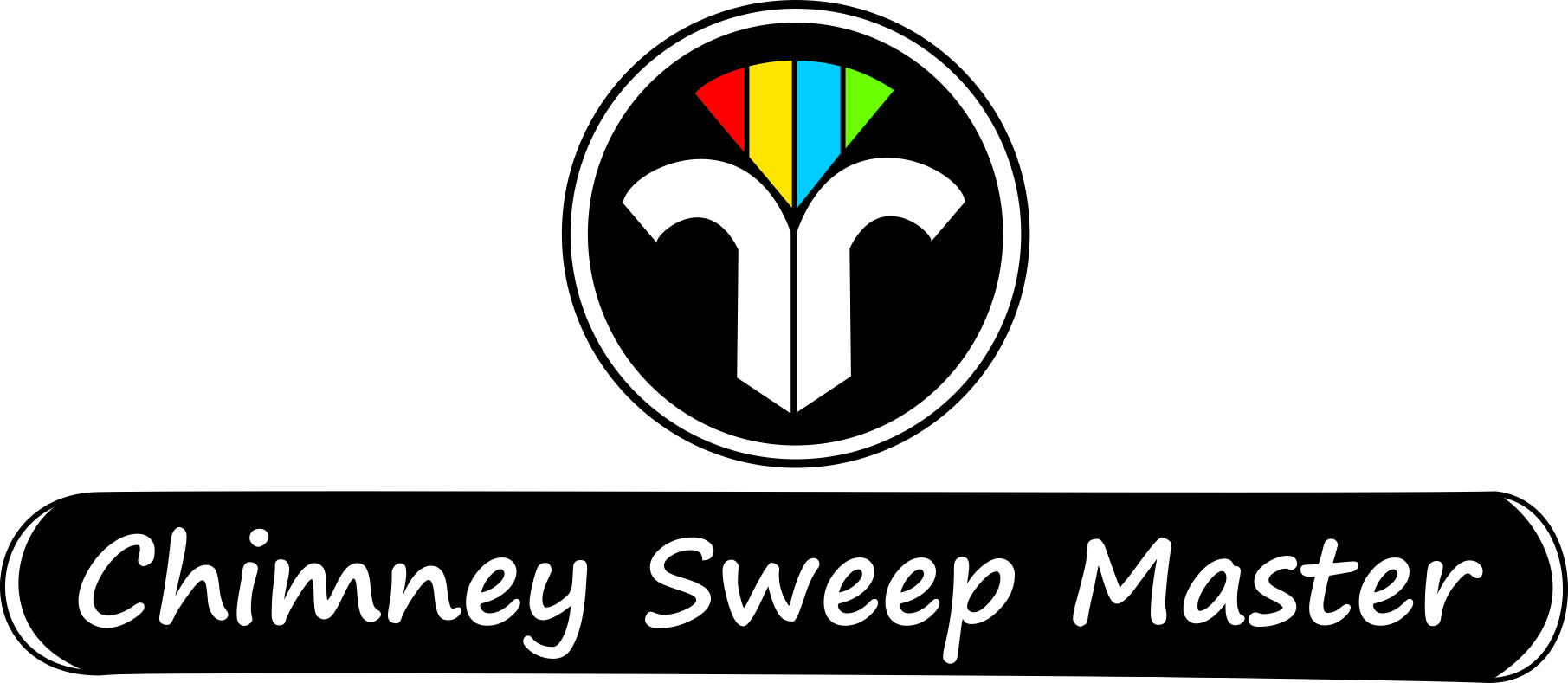The purpose of your chimney is two-fold. It must remove harmful by-products created when fuel is burned, and it must carry excessive heat away from combustible items near the fire.
Besides being cleaned and inspected each year, your chimney may also need occasional repairs to ensure that it is performing these functions properly. Repair work should always be handled by a mason or a fireplace professional.
Common Repairs
Firebox Repointing & Rebuilding
The firebox is the brick area where you build your fire; loose bricks and degraded mortar should be repaired
Damper Repairs
A damper closes the flue when you aren’t using the fireplace so heat doesn’t escape through the chimney.
Mortar Crown Repairs
The mortar crown is the concrete like surface at the top of your chimney that keeps water out of your flue; a cracked or broken mortar crown should be repaired immediately to avoid serious water damage.
Flue Repair
The flue is the internal part of the chimney that funnels exhaust from your fireplace to the outside; if it cracks, breaks, is blocked by debris or creosote build up it is a safety hazard that needs to be repaired.
Is your chimney designed properly?
A properly functioning chimney has enough draft to pull smoke out of your home and provide enough oxygen for hot, complete burning of wood to occur. It is important that your chimney is the right type and style for your firebox or stove. In addition, it should be installed properly in your home in compliance with building codes and manufacturer instructions.
A well-designed system has the following performance characteristics:
» fires light easily and burn bright and hot
» draft builds quickly
» lighting fires does not cause smoke to fill room
» opening the door does not cause smoke to spill out
» when fire is not in use, air flows into the stove and cold air and bad smells do not come out.
If your chimney isn’t functioning as it should you may need a chimney cleaning or inspection.
Keep Your Family Safe From Carbon Monoxide
A chimney functions to remove the byproducts of burning fuel, carbon monoxide is one of these byproducts. It is a colorless, odorless gas that is a serious health hazard. It causes illness and death if inhaled in large amounts.
For the safety of your family and guests is critical to that your chimney is maintained properly so that carbon monoxide and other harmful fuel byproducts do not enter your home. Having your chimney cleaned and inspected annually is important. It is also best to have carbon monoxide detectors installed on each floor of your home, as well as in sleeping areas. Carbon monoxide detectors can let you know if there are possible problems with the venting systems of your furnace, gas hot water heater, or gas stove and will keep you from being harmed from prolonged exposure to low levels of carbon monoxide.
